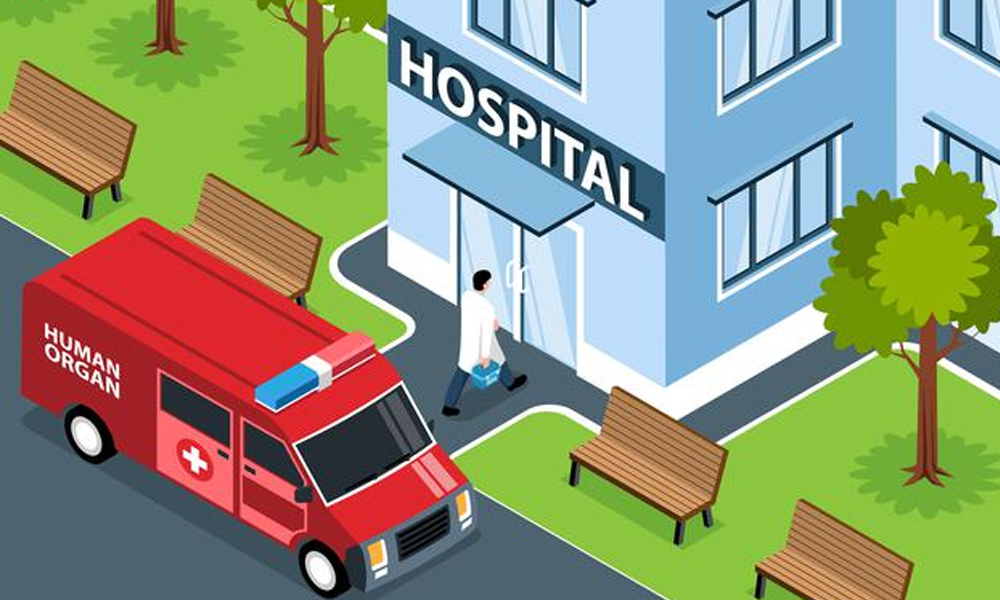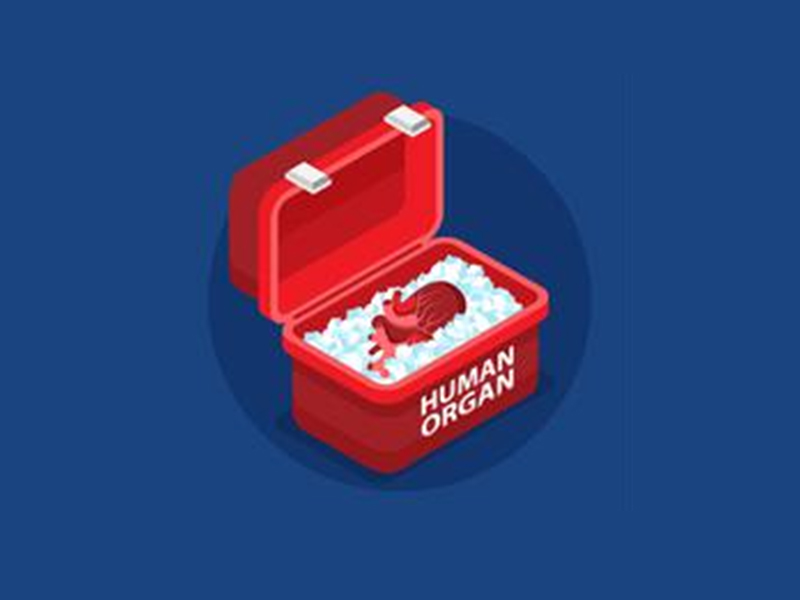In India, green corridor is a system used for expedited transport of organs, during deceased Organ donation. Donated organs are used to save the patient who suffers from organ failure. When the donor and recipient are not at the same location /city, state then there is a need to transport organs from a donor hospital to recipient hospital in a safe and expedited manner. Studies have suggested reducing the time delay between organ procurement and organ transplant enhances the chances of a transplantation being successful.
What is a green corridor?
A “green corridor” refers to a route that is cleared out for an ambulance carrying the procured organs for transplant to ensure its delivery at the destination hospital within the shortest possible time. In other words, green corridor is a nonstop transportation system / channel which is created for the ambulance to ensure that the procured lifesaving organs have a minimum and acceptable cold ischemic time. “Lesser the cold ischemic time, better the viability and function of the organs to be transplanted”

Need of green corridor
Transportation of the organ is a crucial factor of organ transplant procedure. While transporting organs, a green corridor is required to reduce the time of transportation and maintain the quality of organs. More ischemic time can lead to serious damage to the procured organ.
What is a Cold ischemic time (CIT)?
Cold Ischemia Time is the number of hours between: when the donor organ vascular supply is cut off to recipient organ blood reperfusion i.e., from donor surgery to recipient surgery
Acceptable Cold ischemic time as per the organ- If the organs are transplanted within these acceptable times, then the chances of these organs having a good function is very high. The longer the CIT, the lesser the chances of a good transplant function. Here are the optimal CIT for each organ:
- Heart 4 to 6 hours
- Lungs 4 to 6 hours
- Kidney 24 to 48 hours
- Liver 12 to 16 hours
- Pancreas 24 hours
- Uterus 45 minutes

What is the procedure of the green corridor?
The procedure of setting up a green corridor actually starts from the Operation Theatre at the Donor Hospital. The retrieved organs are flushed with a special organ preservative solution (HTK or UW solution). These solutions maintain organ viability in the absence of blood. The organs are packaged in these solutions and placed in ice-cold containers or coolers and are now ready for transportation. Due to the short preservation time, we have only a few hours during which the entire process of organ donation & transplant must be completed.
Green corridor helps us to achieve this objective. The green corridor requires dedicated Coordination and team work. The team comprises Transplanting doctors, Nurses, ambulances, Traffic police, Airport authorities, Flight attendants & coordinators. They have to race against the clock to create a smooth and successful green corridor. By adopting green corridors, the traffic lights/ signals are coordinated in such a way that all the red traffic signals on the way are skipped for the organ transport ambulance and it can drive non- stop to the transplant centre. This can reduce travel time by several hours. A time which is crucial to save someone’s life.
Traffic police play a very important role in the process for the Green Corridor.
They are alerted in the first place that a green corridor will be required for organ transport. Soon an efficient system is laid in place by the respective police authorities wherein the traffic signals in the route are monitored in such a way that the organ transport ambulance can pass through nonstop. The traffic police also take extra precaution by escorting the organ transport ambulance so that there are no hurdles enroute for the ambulance.

When was the first green corridor in India?
The First Green Corridor for organ transport was in 2014, in Chennai when a Heart was transported to save the life of a 21-year-old. Since then, this system has been applied all over the country and has played a huge role in saving lives.
In 2014 green corridor concept introduced In India; first green corridor executed in Chennai for the ‘heart’ to save the life of a 21-year-old. Earlier concept was mainly used for the VIPs to ensure their safety and security. Form 2014 this impactful concept of green corridor is taken up across the nation to save many lives
Which cities have utilised the Green Corridor system until now?
In Maharashtra, Mumbai, Pune, Nashik, Sholapur, Kolhapur, Nagpur, Nanded and Aurangabad these are the city’s created green corridors by road, air & railways. Many lives have been saved because of the Green Corridor.
In India, cities like Chennai, Delhi, Kolkata, Bangalore, Hyderabad, Chandigarh, Indore, Surat, and Ahmedabad have used green corridors effectively.
Green corridor in Pune
In Pune, the First successful green corridor was created in 2015 for the heart. This was the 1st heart donation from Pune and 1st heart transplant in Maharashtra. This green corridor was created between Pune and Mumbai. In September 2019 Pune marked 100 green corridors in four years, most in a state. Till date 134 green corridors have been executed in Pune with the dedicated coordination between traffic police and Zonal Transplant Coordination Centre (ZTCC).
Police are the unsung heroes who make the process of organ donation successful within time.
If you find this article useful, please share this article with your social networks for creating awareness about organ donation. Write your comment below. You can save eight lives just by signing up for organ donation. It is very easy, here is the link for signing up
Arati Gokhale,
Central Coordinator, ZTCC Pune
June 3 2021

Leave A Comment